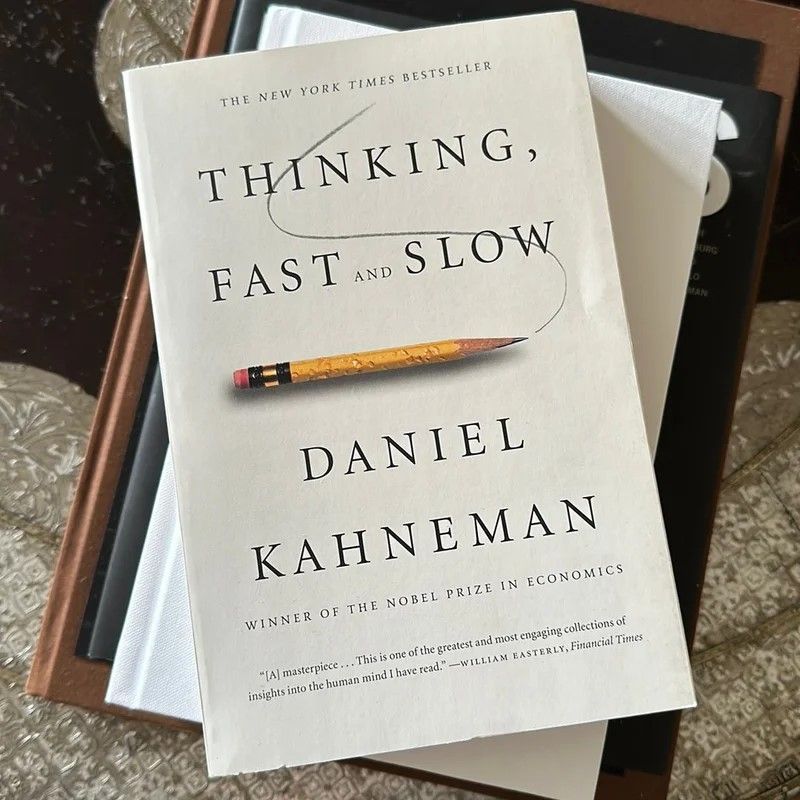March Comes In Like a Lion
The amazing nonprofit organizations that partner with TRQ Solutions differ widely in size, mission, and geography. Their annual budgets range from five figures to nine figures; they serve every age group in urban, rural, and suburban settings; and they meet demonstrated needs for shelter, shoes, education, safety, art and theater instruction, sports mentoring, cancer research, and more.
One benefit of assisting such a diverse group of clients is that we’re always learning–and we love learning! Another benefit is that we see interesting generalities emerge. For example, large nonprofits often rely as much as small nonprofits do on the passion and energy of a single passionate leader. For another, data in a grant proposal is most compelling when used like good oil or salt: sparingly. And here’s one more:
Grant writing and planning get easier if you create a “Grants Fiscal Year.”
Most nonprofits plan and execute their operating budgets on fiscal years that start January 1 or July 1. Fundraising activities follow a rhythm that naturally builds to a December year-end appeal or to last-minute calls in June to donors whose dollars can help you cross the finishing line of your annual goal. Then a new year begins with a new (higher) goal.
The planning required to raise charitable funding through events, mailings, and direct solicitation aligns well with a 12-month goal, but the planning required to raise grants funding does not. A single grant cycle–from identification to research to letter-of-intent to proposal submission to funder decision and through to disbursement of funding–can last anywhere from 30 days to 18 months and often changes from year to year. Combine that variability in timing with the intense competition for limited awards, and projecting 12 months of grants revenue with any kind of accuracy becomes very hard indeed.
Give your grants program a realistic chance to contribute meaningfully to your annual goal by setting a Grants Fiscal Year (GFY) to start four months before the organizational year begins. If your next fiscal year will start January 1, 2026, then on September 1, 2025, begin planning and developing proposals for funding that can potentially arrive well before the following December 31, 2026. If your next fiscal year will start July 1, 2025, set your GFY start date at March 1. Schedule 2-3 hours around that date to assess the prior year’s grant efforts, accomplishments, and learnings, then map out potential revenue and submission goals through the next sixteen months.
When my son Jesse was five, he liked to say, “March comes in like a lion and goes out like a GOAT!” 😊If you try implementing a Grants Fiscal Year, you might just find yourself celebrating a year that’s indeed the greatest of all time. And if you need help strengthening the plan and processes to get there, TRQ is ready to assist.





